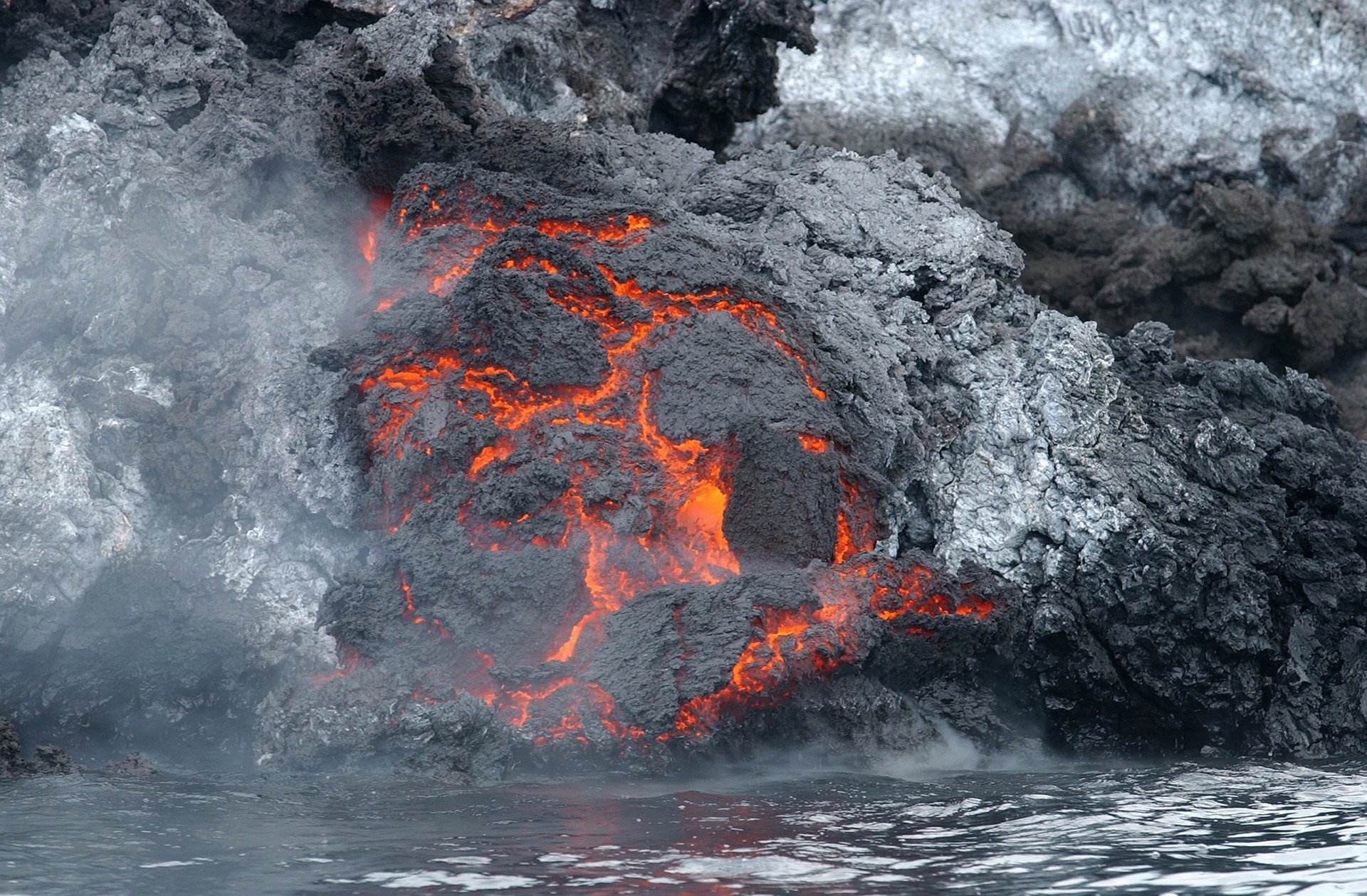Suffocated by a Lake – 1746 people killed
Located in Cameroon, Lake Nyos is a crater lake formed around 12,000 years ago due to a lava flow hitting groundwater and causing an explosion.
It sits in the Oku Volcanic Field, stretches 1800 metres across and has a maximum depth of 208 metres.
Nyos sits in an extinct volcano, although around 50 miles (80 kilometres) deep underneath it, there is still a large pool of magma.
As a result of this pool of magma, the lake is saturated with carbon dioxide. Making it prone to limnic eruptions, where clouds of carbon dioxide roll out of the lake. This phenomenon acts as a tsunami, suffocating everything in its path.
1986 Eruption
It is not known for sure what caused the eruption. Some think a landslide, others that a small volcanic eruption occurred at the bottom of the lake.
Whatever the reason, it had devastating consequences.
August 21st, 1986. Night time. The few survivors reported hearing a rumbling sound coming from the lake. When they went to investigate, they found a fountain of water and foam springing from the lake, as high as 100 metres tall (330 ft).
This fountain triggered a wave with a height of 25 metres (82 ft) to rush against one side of the lake shore. Devastating everything in its path.
As a consequence of this, a huge cloud of CO2 was released. Over 300,000 tons of carbon dioxide. Rising at a speed of 60 Mph (100 Kph).
Soon the cloud dropped back to earth and started to flow down the sides of the lake. Travelling at speed, 50 metres tall (160 ft), there was no chance of outrunning it. It enveloped everything.
Hitting the Villages
Cha, Nyos and Subum are villages near to Lake Nyos. Each of them were covered in a killer cloud of carbon dioxide. Areas up to 16 miles (25 km) away were affected.
Some died in their sleep. Completely unaware of the unfolding disaster. Others tried to run from it, but were ultimately unsuccessful. Naked bodies were found everywhere, the result of people stripping off their clothes to escape the burning effects of the gas.
Ephrem Ngong Kum, from Subum spoke to Time magazine after, he was one of the lucky ones, a survivor. He said:
I saw people dying, people dead all around, they died in the houses, in streets, outside the forest, in the stream.
Another Subum resident, Chia David Wambong recalled:
Everyone started to cough, and some people vomited blood. I saw people on the ground screaming. Everyone was crying.
As well as the deaths of the people, 3500 livestock died too. Not only did the villagers lose loved ones, friends and neighbours, they also lost their food supply and ability to make money. A disaster all round. Countless wildlife perished in the surrounding area.

Usually, the waters of Lake Nyos were blue, but iron rich water, typically deep under the surface oxidised with the air, making the lake red. As well as this, the level of the lake dropped by over a metre!
Aftermath and De-gassing
Lake Monoun had erupted the same way just two years earlier. In that instance the death toll stood at 37. A lot smaller than the Lake Nyos event but looking back, a warning.
As a result of these disasters, a study was commissioned on how to stop further instances from happening. Investigators found that out gassings happen on average between every 10 – 30 years. Various researchers proposed the installation of degassing columns. Deployed on rafts in the lake, they use a pump to lift water from the bottom. Finally, in 2001, a permanent install went ahead at lake Nyos.
As a result of these studies, it was also found that Lake Kivu is supersaturated. Evidence of huge extinction events around the lake occurred on average every 1000 years. Which is a problem, as Lake Kivu is 2000 times larger than Lake Nyos. It measures 55 miles (89 km) across by 30 miles (48 km) wide. A huge volume of water.
As of today, no solution has been initiated for extracting the 510 million metric tons of carbon dioxide in the Lake. It remains a ticking time bomb.
